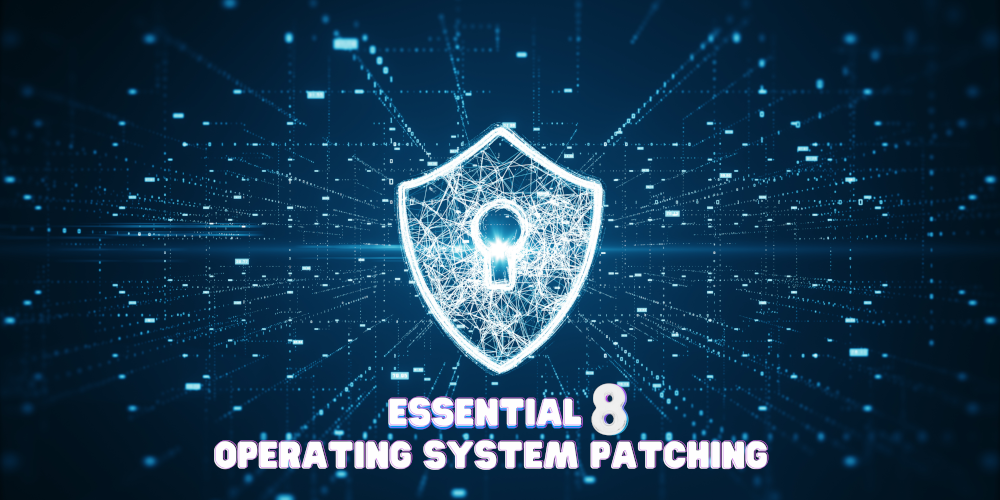In the ever-evolving landscape of cybersecurity, small businesses must be vigilant to protect themselves from potential threats. One crucial aspect of this defence strategy is the implementation of the Essential Eight, a set of mitigation strategies recommended by the Australian Cyber Security Centre (ACSC). In this article, we’ll shine a spotlight on the second component: Patch Operating Systems, breaking down its importance for small businesses in simple terms.
What is Patching Operating Systems?
Imagine your computer’s operating system as the foundation of your digital workspace. Just like a building needs maintenance to stay sturdy, your operating system requires regular updates to stay strong against cyber threats. This process of updating, known as patching, involves fixing vulnerabilities and strengthening the system’s resilience.
The Importance of Patching:
1. Security Reinforcement
Operating systems, like Windows or macOS, are vulnerable to exploitation by cybercriminals. Patching addresses these vulnerabilities, acting as a shield to protect your business data and sensitive information.
2. Proactive Defence
Cyber threats are ever-evolving, and attackers often exploit weaknesses in outdated operating systems. Regular patches keep your defence mechanisms up-to-date, ensuring that potential vulnerabilities are swiftly addressed.
3. Data Protection
Small businesses often handle sensitive customer information. Patching not only safeguards your systems from external threats but also ensures the confidentiality and integrity of your valuable data.
4. System Resilience
An updated operating system is a robust operating system. Patching enhances the overall resilience of your system, reducing the risk of disruptions or unauthorized access.
5. Compliance:
In certain industries, regulatory compliance demands that businesses maintain a secure IT infrastructure. Patching operating systems is a fundamental step toward meeting these compliance requirements.
Challenges and Solutions for Small Businesses:
Understanding the importance of patching is the first step but implementing it can pose challenges for small businesses. Limited resources and time constraints may hinder the process. However, there are practical solutions:
1. Automated Updates:
Enable automatic updates on your operating system to ensure patches are applied promptly without requiring manual intervention.
2. Scheduled Downtime:
Plan patching activities during non-business hours to minimise disruptions to daily operations.
3. Managed IT Services:
Consider outsourcing your IT needs to a managed service provider (MSP) that can handle the complexities of patching and cybersecurity, allowing you to focus on your core business activities.
Patching operating systems is not just a technical necessity; it’s a fundamental step in securing your small business against the ever-present cyber threats. By embracing a proactive approach to cybersecurity, you fortify your business, protect your clients, and ensure the longevity of your operations. Stay tuned for our next article as we continue unravelling the Essential Eight, providing actionable insights for small businesses to navigate the cyber landscape with confidence.

